Using creative references
How to incorporate creative references into your work in a tasteful way.
“It’s called a CrEaTiVe ReFeReNcE”
The lads are back, live on Substack, laser-focused on what enables your brand and creative work to stand out.
This week, how can one make a reference their own versus simply copying? We pull tools directly from our working playbooks for your use.
Then, notes from the latest Shopify Edition, and how brands are using memes as a social post type.
Let’s begin.
Ah yes. The creative reference.
Using “references” for your brand has been reduced to a meme in some ways, partially because of the sheer volume of accounts that exist online where people use those references without offering value or education in return.
Sporty & Rich was once scrutinized for re-enacting the iconic paparazzi street-style archival photos of our beloved JFK Jr. and Carolyn Bessette-Kennedy in their prime.
And while we empathize with the eye brow raises, the reality is that we’re all allowed to have references — in fact, it’s imperative that we do.
Because creating anything 100% original (in this economy?!) is basically impossible.
But the point of a creative reference should inform the way in which you think about the work you’re presenting to someone else.
As opposed to simply copy-pasting something “for the vibes.” That approach won’t get you very far, especially if you’re someone who wants to be known for good creative work. So, put the extra time and energy into connecting the dots for readers.
An index of creative reference links
Here is our list of references that should explore to give you inspiration across fashion, media, design systems, typography, entertainment, eCommerce, and more.
If you’d like the link to this index, comment on this post + repost it on Substack, and we will link it to you in the comments.
References in the creative process
Virgil’s “3 percent rule” isn’t enough
There is an epidemic of people making exact copies of things that are on the moodboards they follow and videos they have bookmarked.
We live in a world where it’s easier than ever to bring any idea to life, cheaper than ever. And that’s where, to us, the late Virgil Abloh’s “3% Rule” is important to consider when working through references.
Virgil believed that, because nothing is original, you can take something that already exists, tweak it slightly, and end up with a new product.
We actually believe this isn’t enough in 2025, and with such rampant copying, its more of a 30% rule. How can you build something unique on a past framework?
Here’s a quick toolkit for thinking through references in your own way.
Frameworks to remix your references
When you’re emphasizing a “reference” in any piece of creative work, here are a few frameworks to consider to own that reference —
Intensity dials
Take a concept and turn the dial all the way up or all the way down and fill in the blank _________.
Here are some examples…
What if we got 1,000 ______?
What if we set it on fire?
What if we shifted the angles?
What if it it was in space?
What if it it was supersized?
OR redact it down to its essence…
What if this same concept was executed in cubist shapes?
What if we described it in one sentence in text versus an image?
What if we did this in watercolor?
What if it was miniature?
Culture-clashing
Take concepts you like and remix them. This is an under-appreciated medium for photo shoots, social media content, etc.
Playing into the dichotomy can work! Take X and merge it with Y. When you start experimenting this way, you’ll notice a few things:
Content on Reels is doing this and absolutely constantly and crushing. You’ll begin to see how two trends you’ve seen prior became a new video.
If you have a few strong brand themes, you can clash those with anything existing and make it work - especially strong visual looks liek y2k, opium, coquette, western, layer those on existing frameworks and you’re visually swallowing references into your brand story. This works far less well if your brand themes are not visually or conceptually intense.
Era transposition
Take a reference from one time period, map out its core appeal/effectiveness, layout and translate those elements into contemporary execution.
Ex: Taking 1950s print ad compositions and reimagining them for social media carousels.
Utilizing older video and photo production tech (Olav did this really well)
The opposites framework
Take a successful reference, list out all its key characteristics, then deliberately invert each characteristic. If a bullet point is positive, reposition it to negative, turn day to night, complementary colors to clashing. Can be done on a few characteristics, or across an entire reference
Example: If a reference uses maximalist design, explore minimal execution while keeping the same message impact.
Genre-bending approach
Take references from specific genres/categories, apply their conventions to completely different contexts of your brand to create unexpected but familiar experiences. Works best with particularly intense experiences (stop motion, asmr, horror, drama, action).
Example: Using horror movie trailer techniques for product launches
Food for thought — reflections and homework:
What has made your work standout before?
Which of these techniques could become your signature?
Shopify’s new Mega Theme
Shopify launched a new FREE Horizon theme, with Shopify blocks built in, AI chats to add designs, and the ability to copy and paste blocks across your site.
If you’ve been looking for a better theme, or to get started without investing hundreds of dollars, check this (and all of the new Shopify edition out here.
Overall this is an interesting beginning to the future of web design - chat driven versus developer driven, visual frameworks and toolkits that AI can act inside. Shopify has made it clear how they view the future here, and we need to think about our e-commerce workflows for the future with this in mind
Memes as Marketing
Lots of talk about reels and carousels, but not nearly enough about memes. In this video Oren breaks down using your own images (like our friends Death to Stock), history (like Americana Pipedream), and your visual brand kit (like Ssense) to use memes as the core of a social media marketing strategy, or as one element of any. Full YouTube below, presented by Bitly.
Hyper Reports
Check out our market reports. We spend many hours researching markets, categories, and brands & products within the consumer space so you don’t have to.



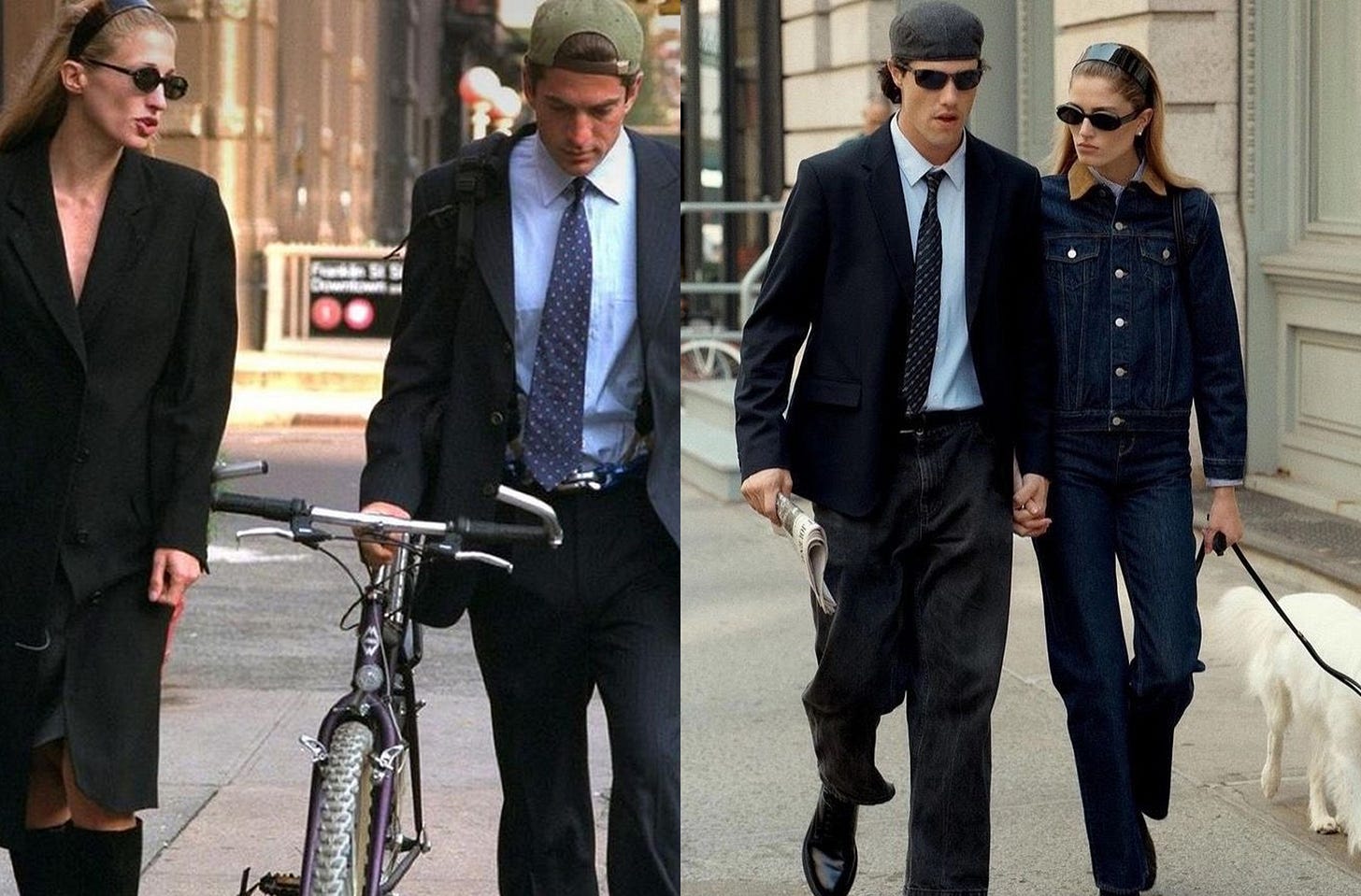
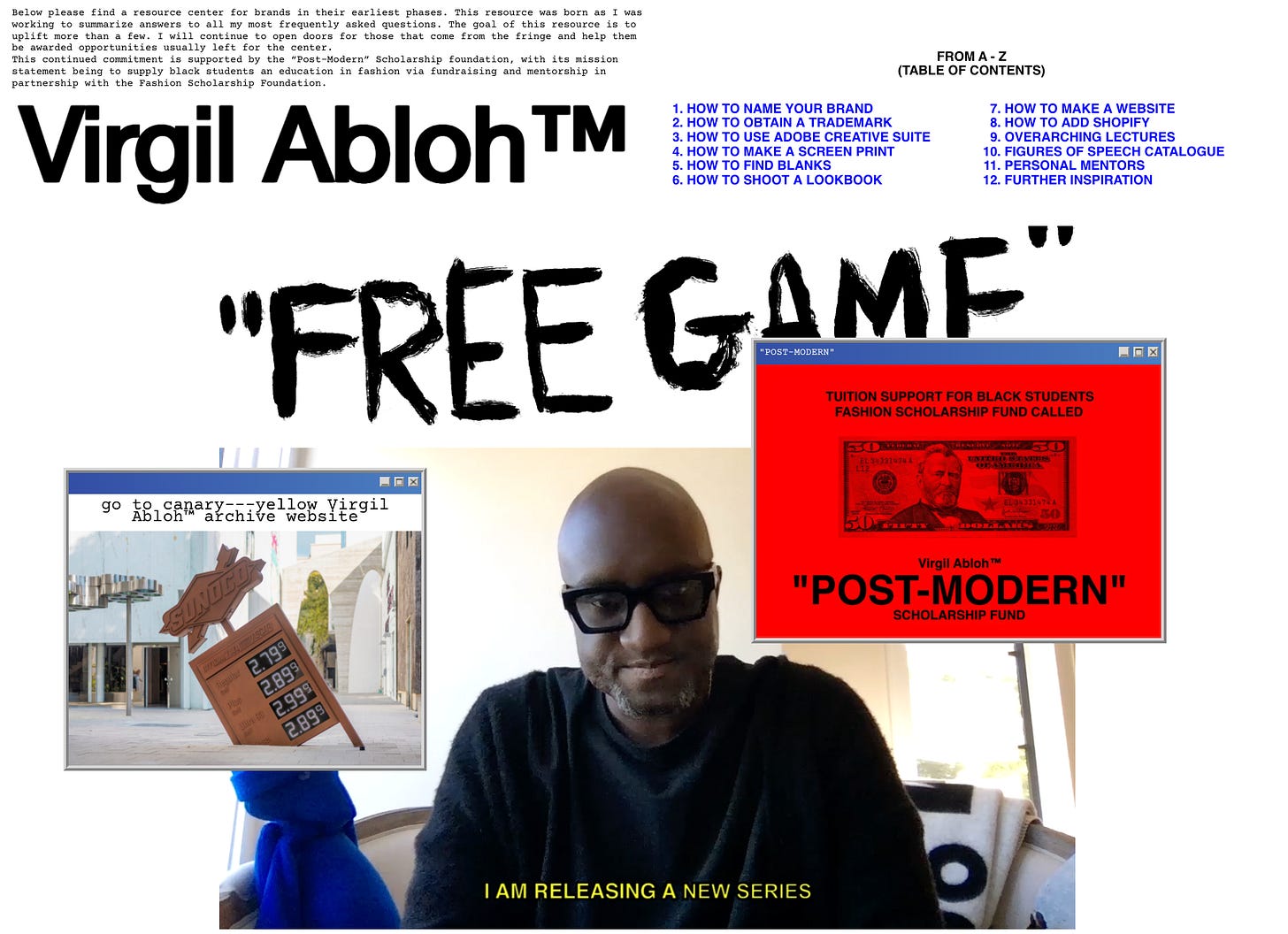
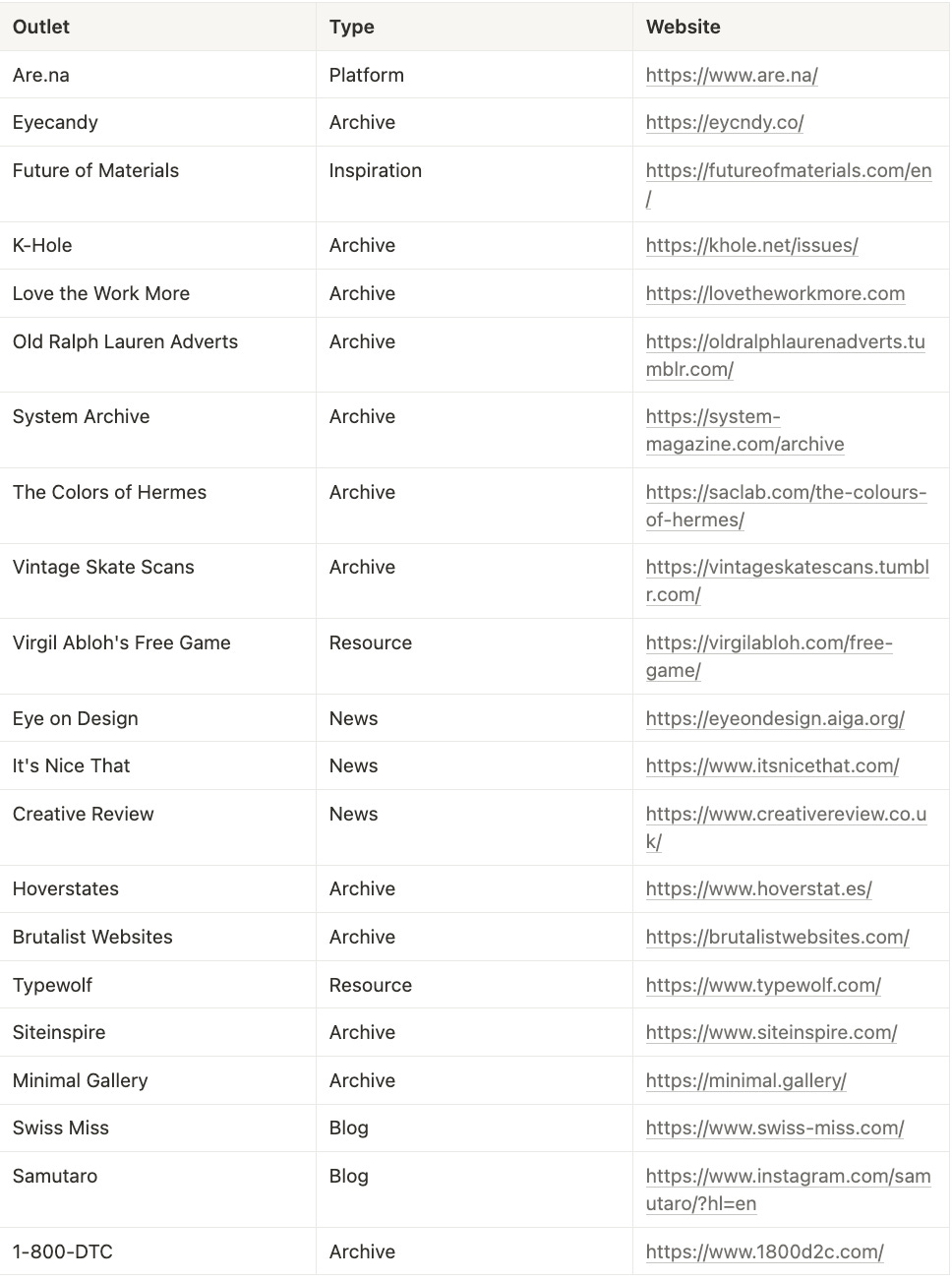
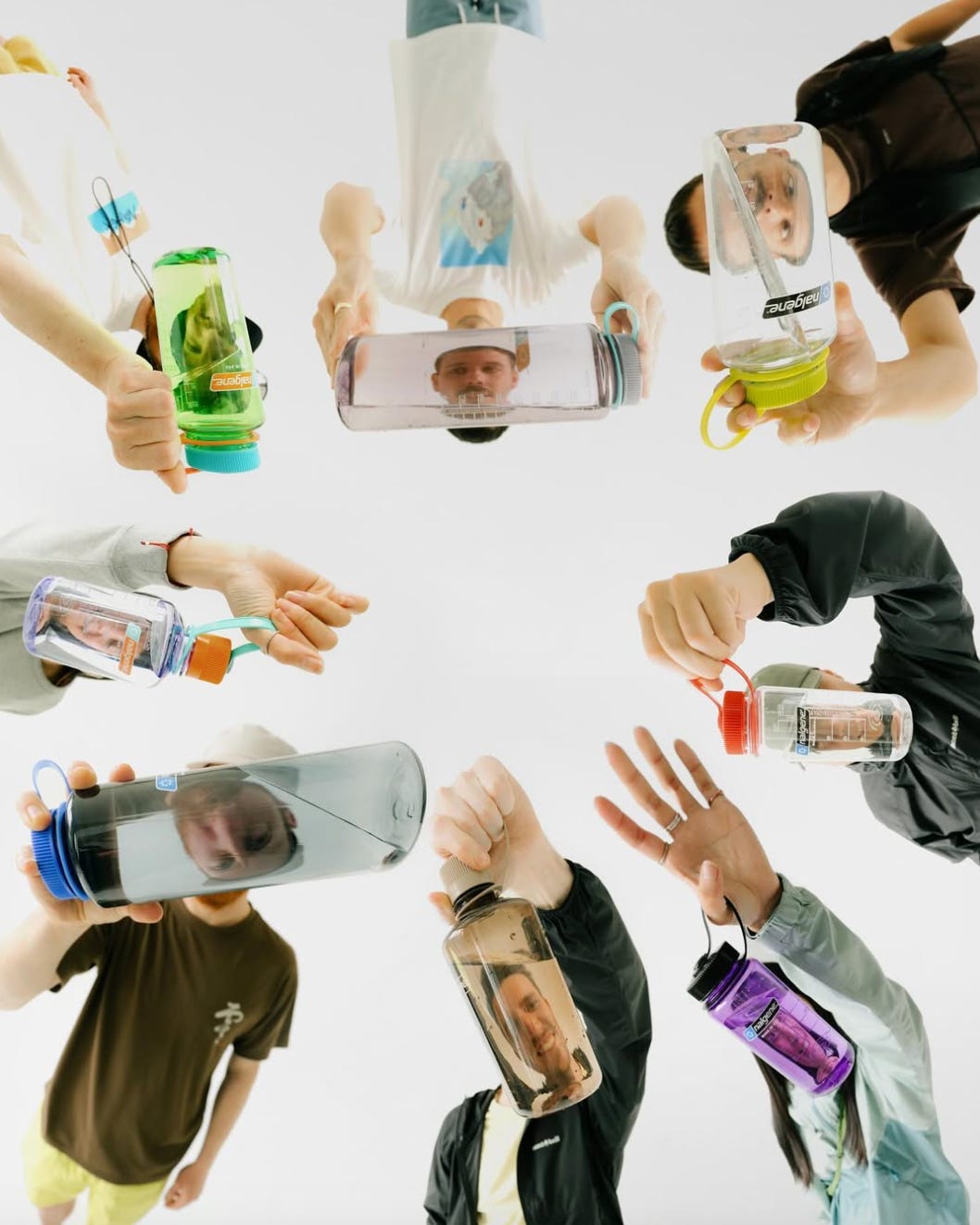
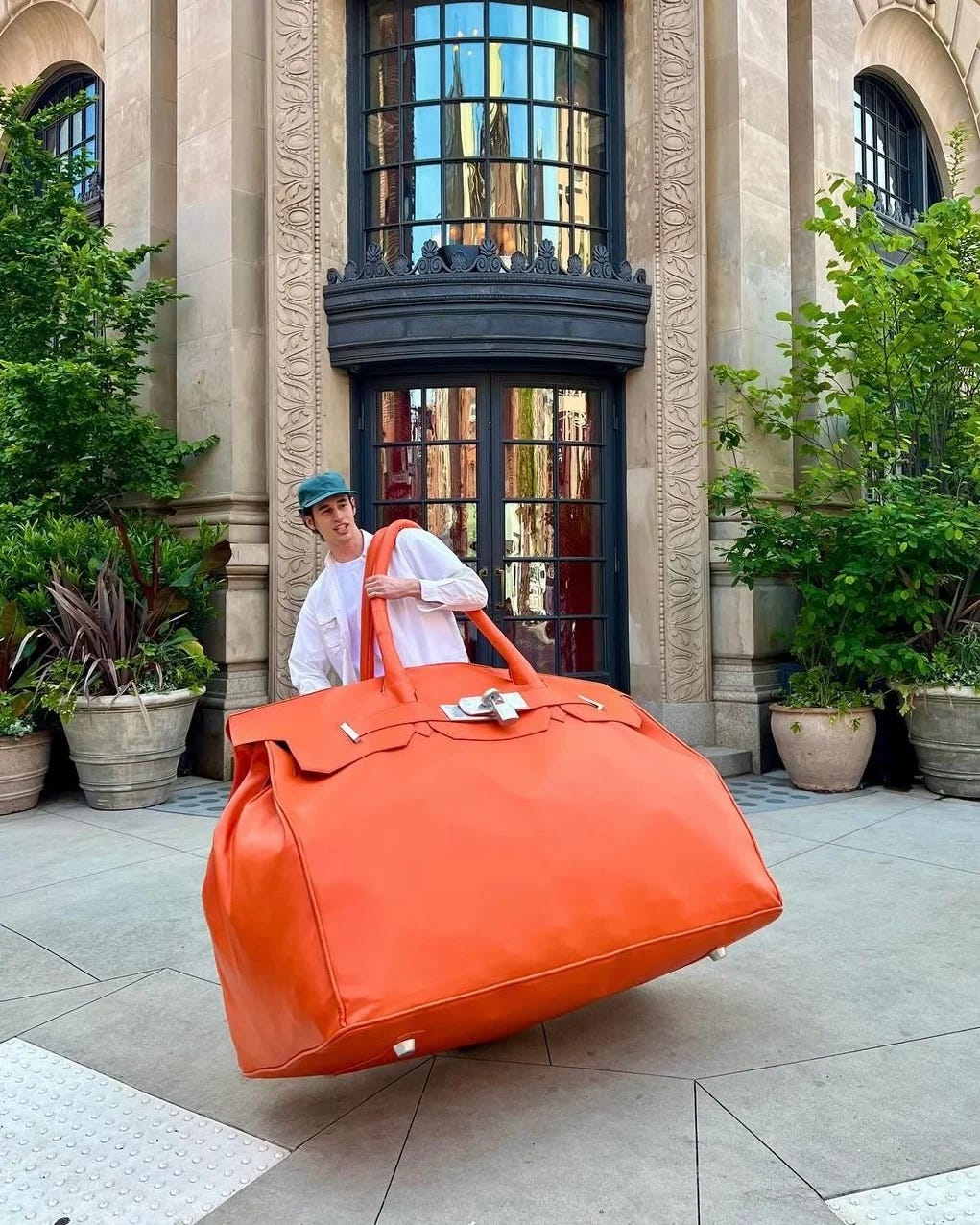

A great creative reference list from one of my favorite newsletters. Also, excellent advice re: finding creative references and remixing them at least 30%.
Index list plssss